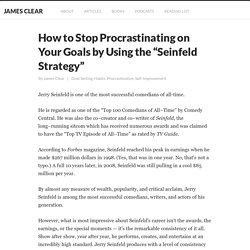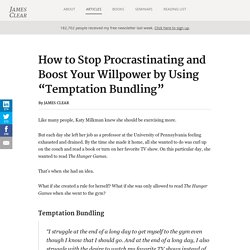

All Models Are Wrong, Some Are Useful: How to Make Decisions in an Imperfect World. Even the best models of the world are imperfect.

This insight is important to remember if we want to learn how to make decisions and take action on a daily basis. For example, consider the work of Albert Einstein. During the ten year period from 1905 to 1915, Einstein developed the general theory of relativity, which is one of the most important ideas in modern physics. Einstein’s theory has held up remarkably well over time. For example, general relativity predicted the existence of gravitational waves, which scientists finally confirmed in 2015—a full 100 years after Einstein originally wrote it down.
However, even Einstein’s best ideas were imperfect. All Models Are Wrong, Some are Useful In 1976, a British statistician named George Box wrote the famous line, “All models are wrong, some are useful.” His point was that we should focus more on whether something can be applied to everyday life in a useful manner rather than debating endlessly if an answer is correct in all cases. Read Next. Mental Frameworks. The Ivy Lee Method: The Daily Routine Experts Recommend for Peak Productivity. By 1918, Charles M.

Schwab was one of the richest men in the world. Schwab was the president of the Bethlehem Steel Corporation, the largest shipbuilder and the second-largest steel producer in America at the time. The famous inventor Thomas Edison once referred to Schwab as the “master hustler.” He was constantly seeking an edge over the competition. One day in 1918, in his quest to increase the efficiency of his team and discover better ways to get things done, Schwab arranged a meeting with a highly-respected productivity consultant named Ivy Lee. Lee was a successful businessman in his own right and is widely remembered as a pioneer in the field of public relations.
“Give me 15 minutes with each of your executives,” Lee replied. “How much will it cost me,” Schwab asked. “Nothing,” Lee said. The Ivy Lee Method During his 15 minutes with each executive, Lee explained his simple method for achieving peak productivity: What makes it so effective? On Managing Priorities Well. How to Stop Procrastinating by Using the "2-Minute Rule" How to Stop Procrastinating by Using the “Seinfeld Strategy”
Jerry Seinfeld is one of the most successful comedians of all‐time.

He is regarded as one of the “Top 100 Comedians of All–Time” by Comedy Central. He was also the co–creator and co–writer of Seinfeld, the long–running sitcom which has received numerous awards and was claimed to have the “Top TV Episode of All–Time” as rated by TV Guide. According to Forbes magazine, Seinfeld reached his peak in earnings when he made $267 million dollars in 1998. (Yes, that was in one year. No, that's not a typo.) By almost any measure of wealth, popularity, and critical acclaim, Jerry Seinfeld is among the most successful comedians, writers, and actors of his generation. However, what is most impressive about Seinfeld's career isn't the awards, the earnings, or the special moments — it's the remarkable consistency of it all. Compare his results to where you and I often find ourselves. What's the difference? The “Seinfeld Strategy” Brad Isaac was a young comedian starting out on the comedy circuit.
How to Stop Procrastinating and Boost Your Willpower by Using “Temptation Bundling" Like many people, Katy Milkman knew she should be exercising more.

But each day she left her job as a professor at the University of Pennsylvania feeling exhausted and drained. By the time she made it home, all she wanted to do was curl up on the couch and read a book or turn on her favorite TV show. On this particular day, she wanted to read The Hunger Games. That’s when she had an idea. What if she created a rule for herself? Temptation Bundling “I struggle at the end of a long day to get myself to the gym even though I know that I should go. Milkman’s strategy worked. This idea that you can make it easier to perform a behavior that is good for you in the long-run by combining it with a behavior that feels good in the short-run is what Milkman refers to as “temptation bundling.” Milkman was happy with the progress that she was making in her own life, but she wanted to see if the idea extended beyond her own behavior. How to Create Your Temptation Bundle Always Important, Never Urgent P.S.